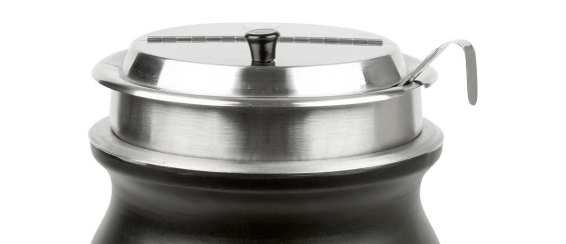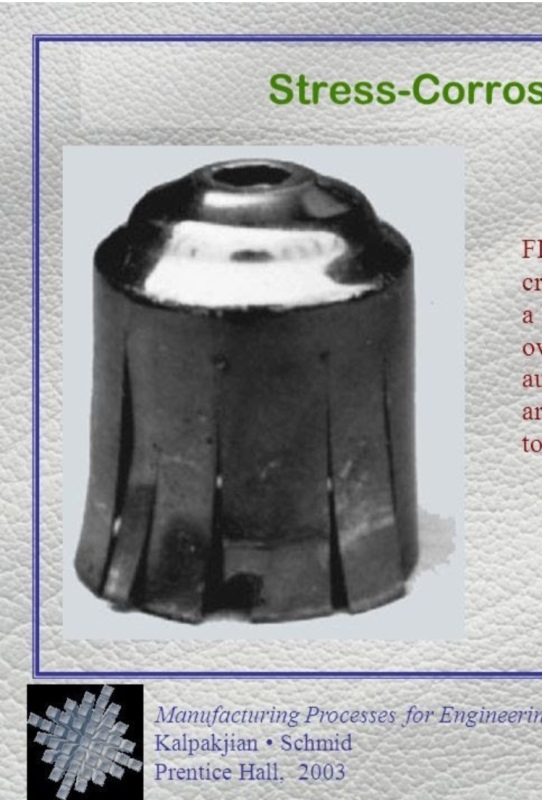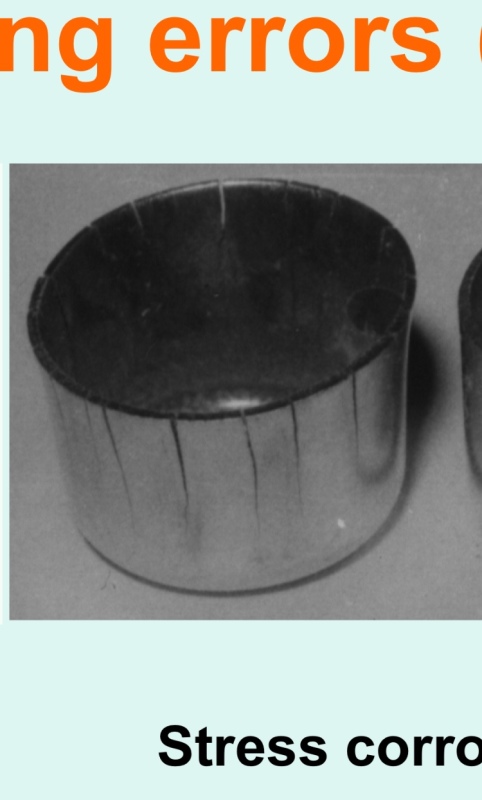Would we really expect a component with residual stress from deep drawing to have cracks ONLY in the axial and none in the radial direction? And no cracks on the rolled lip either, except through the lip?
Would we also expect the cracking to happen when the object was sitting around in a presumably cold soap solution?
Agree that the conditions for chloride SCC are all there- heat, stress, oxygen, chloride and stagnant conditions. But those conditions are encountered in all cookware- perhaps the exposure duration of this component, being used in a restaurant, was long enough for pits to start- from what I've read, pit initiation is necessary before Cl SCC can start.
Better photographs would be needed for the people (unlike me!) competent in failure analysis to do more than just guess about it. There's a burr on one edge of one of the cracks that makes it look rather like a sawcut- that and the regularity of the distance between the cracks looks a little suspicious. I'm sure the owner could tell the difference between a sawcut and a crack, but it's impossible to tell from this photo.




![[hourglass] [hourglass] [hourglass]](/data/assets/smilies/hourglass.gif)